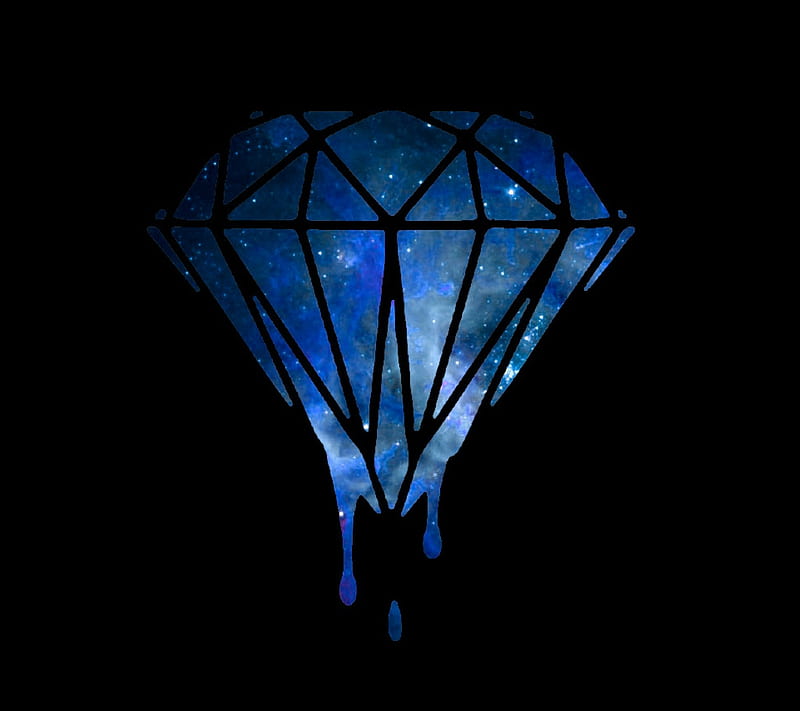
Bipolar disorder causes unusual shifts in mood, activity levels, energy, memory, and concentration. These mood swings may significantly affect your ability to go on about your day. If you suspect you might have bipolar disorder, contact the Woodland Hills bipolar disorder inpatient treatment program.
The first symptoms of bipolar disorder usually manifest in the teenage years or early 20s. These signs are usually subtle and often confusing. Consequently, many people may get overlooked or misdiagnosed. Bipolar disorder gets worse with time. You should, therefore, familiarize yourself with the symptoms.
Recognizing the symptoms of bipolar disorder is the first step towards getting treatment.
Table of Contents
What Is Bipolar Disorder?
Bipolar disorder was formerly called manic depression. It is a mental condition that comes with extreme mood swings. The mood swings shift between emotional highs (mania and hypomania) and extreme lows (bipolar depression).
Causes Of Bipolar Disorder?
The exact cause of this condition is unknown. Specialists, however, believe that there are various factors like genetics and biological differences that are connected to the condition.
Various factors may increase the risk of you developing bipolar disorder. They include:
- Chemical factors like drug or alcohol abuse
- Genetics:
- Traumatic events that cause long periods of extreme stress
Types Of Bipolar Disorder
There are three main types of Bipolar disorder:
- Bipolar I. People with this type of bipolar experience at least one manic episode preceded or followed by bouts of hypomania or depression.
- Bipolar II. This type is characterized by one major depressive episode lasting up to two weeks. You may have at least one hypomanic episode that lasts four days. Bipolar II is more common in women than in men.
- Cyclothymic disorder. People with this type of bipolar experience depressive and hypomanic episodes of less intensity than in bipolar I and II. Their moods usually stabilize for one or two months.
Symptoms Of Bipolar Disorder
Bipolar disorder manifests in different ways among patients. There are four types of mood-swing-related symptoms: manic signs, depressive symptoms, hypomanic symptoms, and mixed episode symptoms.
Manic Symptoms
The manic phase of bipolar disorder is characterized by feelings of heightened creativity, energy, and euphoria. Mania tends to get out of control and may be harmful to the patient. During a manic episode, you are likely to make rash and reckless decisions.
Common manic symptoms include:
- Unusual feelings of optimism or extreme irritability
- Excess energy even after very little sleep
- Talking rapidly
- Racing thoughts and inability to concentrate
- Impaired judgment and impulsiveness
Depressive Symptoms

The general symptoms of a depressive episode include irritability, feelings of guilt, restlessness, and unpredictable mood swings. Bipolar depression may cause slow speech, oversleeping, and weight gain. You are also more likely to develop psychosis.
Common symptoms of bipolar depression include:
- Feeling hopeless, sad, or empty
- Loss of energy or fatigue
- Physical and mental sluggishness
- Appetite changes
- Concentration and memory problems
- Thoughts of suicide
Hypomanic Symptoms
Hypomanic symptoms are similar to but less severe than manic symptoms. To onlookers, you may look like you are in a particularly positive mood. Hypomania, however, may lead to reckless decision making.
Mixed Episode Symptoms
These symptoms combine the characteristics of all the above phases. The mixture of ‘highs’ and ‘lows’ can be a trigger for suicide.
Treatment
With treatment, you can manage bipolar disorder and lead a healthy life. If you discover symptoms of bipolar disorder in yourself or someone close to you, do not hesitate to seek help.
Bipolar disorder is a relapsing illness and requires long-term treatment. The best management of bipolar disorder includes a combination of medication, lifestyle change, therapy, and social support.






